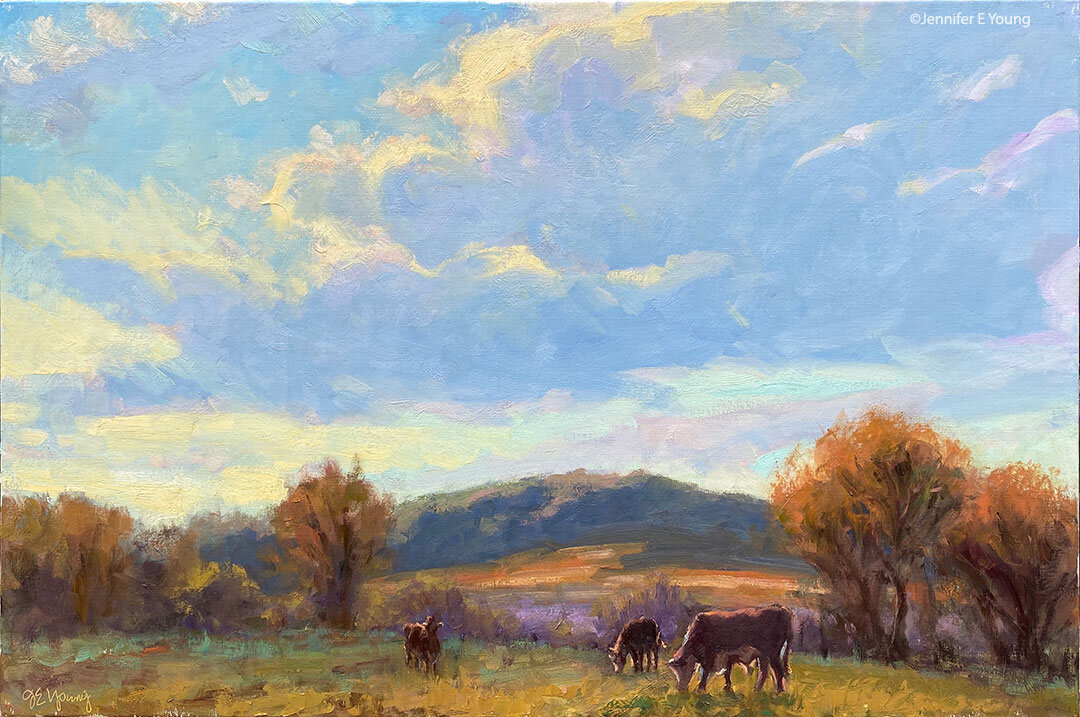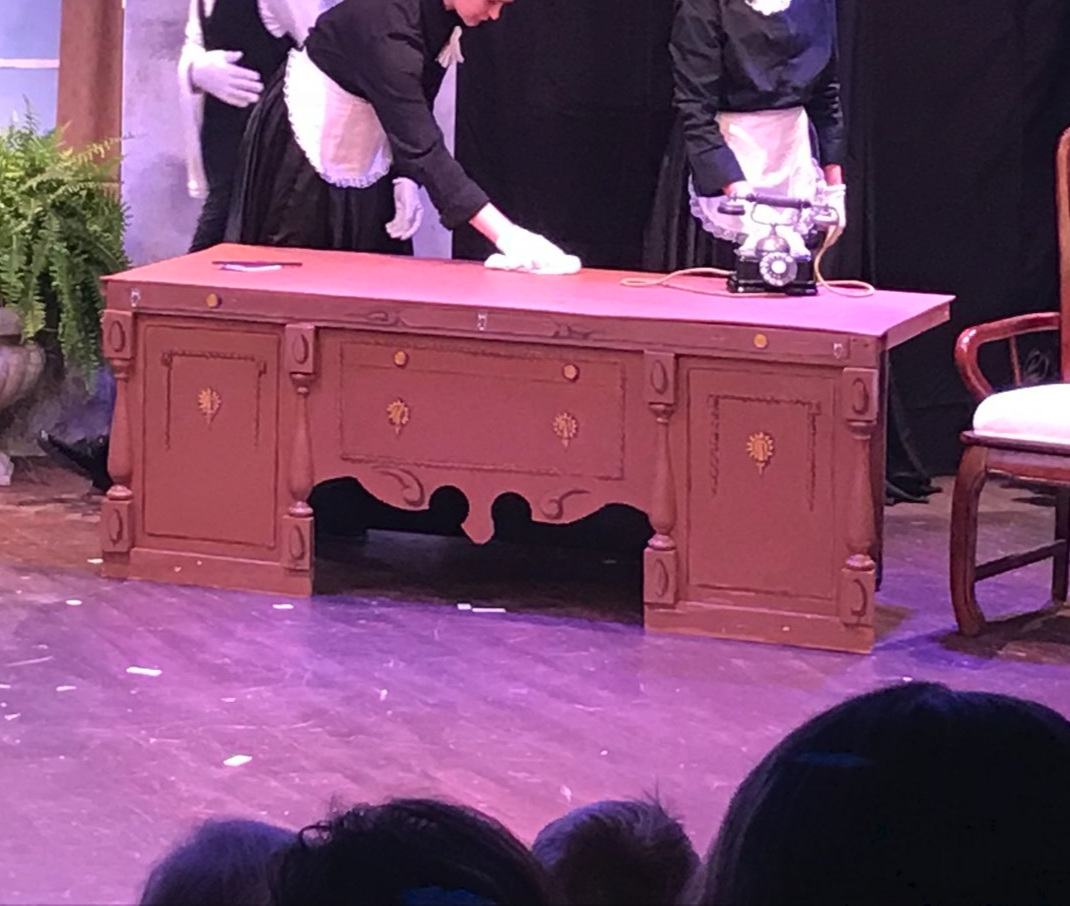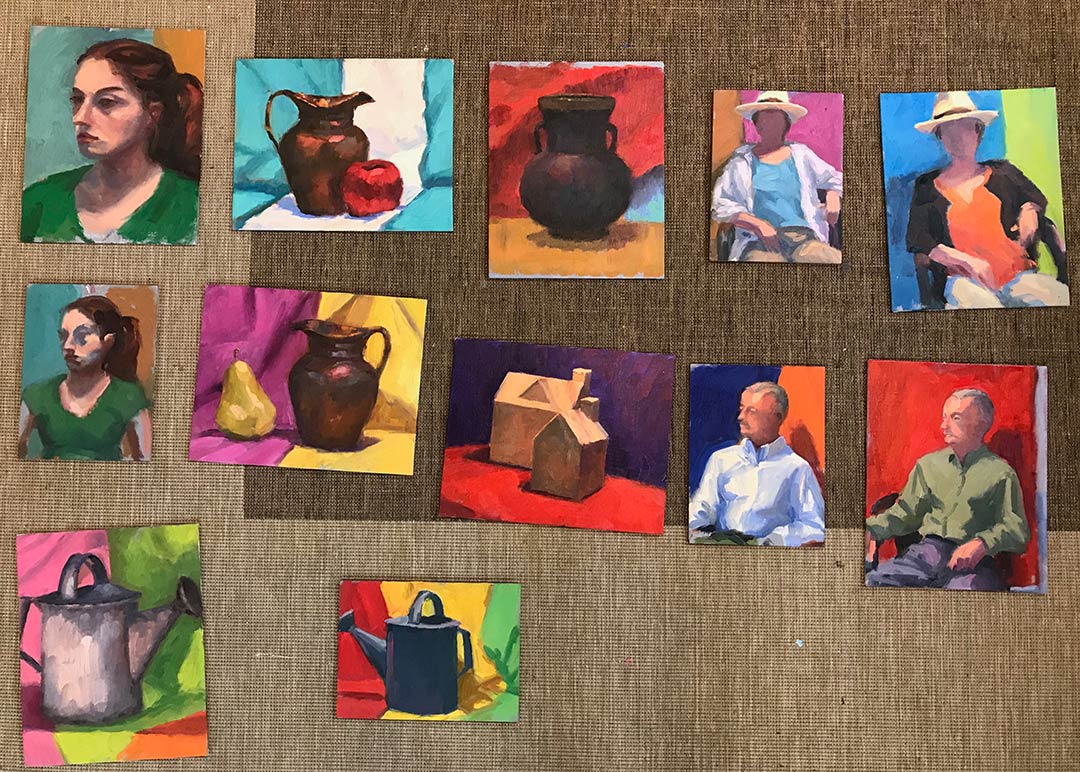French country garden painting WIP, cont'd
/Now that my gardens are right outside my studio doors, I'm finding it far too easy to get distracted with gardening instead of painting--especially now that spring is here. I did do some more work on the painting of the garden passage in St. Cirq Lapopie started earlier in the week though, so I thought I'd continue to post the progression. It's almost there, but I will probably do a bit more work on it before it's all said and done:
I've learned something from the last few oils I've done and I'll share it in case it may be of help to other painters. As odd as it seems, I am finding it is actually easier to manipulate the paint and have better effects with my edges if I use a lot more of it. I've never considered myself to be terribly stingy with paint to begin with, (and it may not be all that obvious in this picture,) but lately I've been laying it on pretty thickly and it's like, "Wow, that makes things so much easier!"
When I've taught workshops, I've definitely noticed a certain "stinginess" in beginning painters, both in terms of the amount of the paint colors they'll mix up on their palette, and in the application of the paint onto the canvas. This usually stems from just being uncertain, tentative, and maybe even a little intimidated. But what I try to get across is that in alla prima painting, they are actually creating a lot more work for themselves by mixing up flat little puddles of paint and using skinny, dabby little strokes.
There is a caveat, though (isn't there always when it comes to any kind of painting "rules"?) It helps to have a certain amount of confidence in your drawing and compositional skills if you're going to lay it on thickly (and in fact, this may be part of what's going on with beginners who are feeling tentative and intimidated). Otherwise when painting thickly, you may find yourself needing to do more scraping to make significant changes.
But over all for the kind of direct painting I'm doing, using a lot more paint is helping me to actually have better control AND keep it looser at the same time (if that makes any sense.) Manipulating thicker paint to soften edges and refine shapes does require a light touch though. You aren't moving it around to such an extent that you're smearing it or picking up too much of the underneath and surrounding paint layers. If you do that, there's a danger of having a mud-fest on your hands.



















